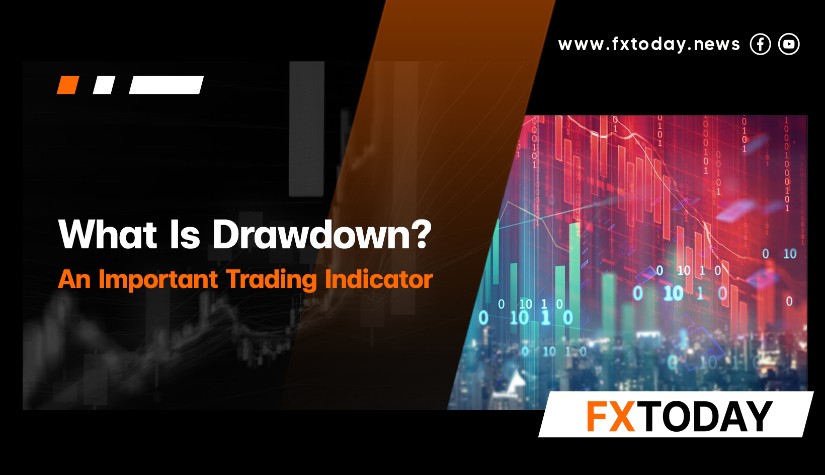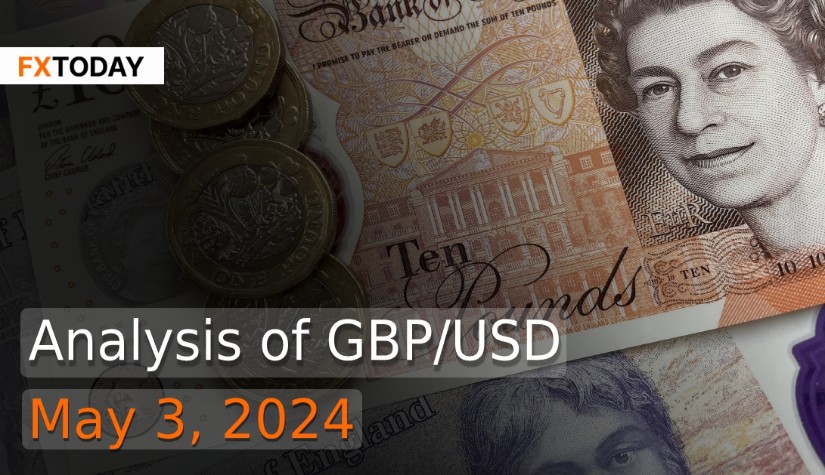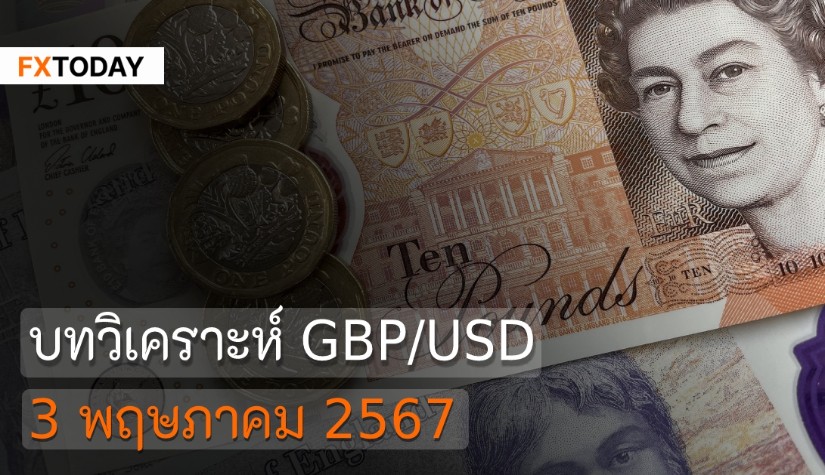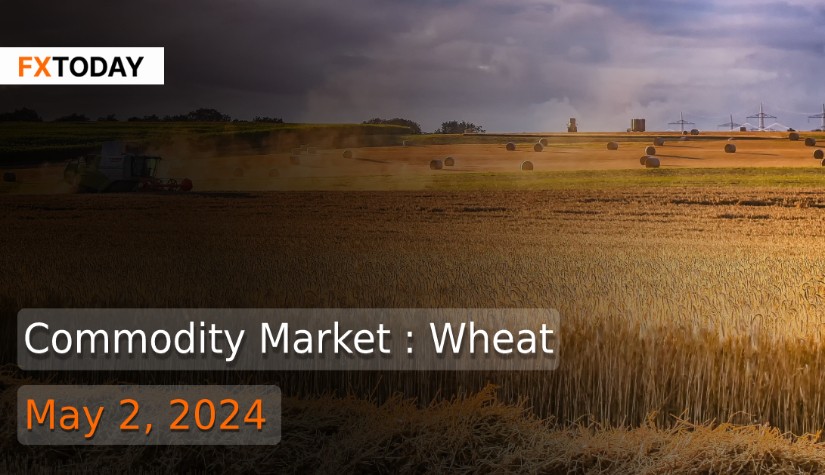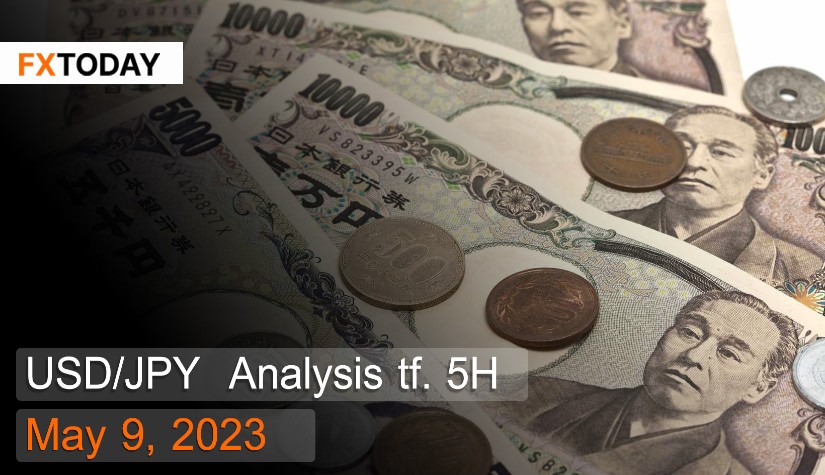During their Forex trading adventure, traders will invariably encounter the term 'Drawdown.' Yet, its meaning may not be apparent to everyone. This article aims to clarify the essence of what Drawdown represents in Forex trading.
What Is Drawdown?

Drawdown is a method that quantifies the loss in a portfolio of investments, indicated as a percentage (%) of the original capital or balance. It means the level of risk that investors are prepared to accept.
The Drawdown is commonly seen as safe if it doesn't exceed 30%, a limit that offers a chance for the portfolio to bounce back. Any Drawdown that exceeds the limit points to increased risk, leading to substantial losses or even the complete depletion of the portfolio.
Example 1: Consider an investor with a $10,000 capital who incurs a $2,000 loss. The Drawdown here is 20% of the investment portfolio, suggesting a recovery zone and the possibility of continuing trading.
Example 2: Another investor with identical capital suffers a $4,000 loss. In this case, the Drawdown touches 40% of the portfolio, indicative of a scenario fraught with high risk that could lead to significant losses or complete portfolio decimation if trading continues.
Factors Leading to Drawdown
1. Insufficient Knowledge and Trading Strategy
One of the causes of the Drawdown is traders launching on their Forex journey without a sufficient understanding of chart analysis or various indicators. Trading without a defined investment strategy can increase Drawdown.
2. Inefficient Fund Management
For traders, managing finances effectively is a crucial skill. An inability to do so can escalate Drawdown and amplify the risk of incurring significant losses.
Drawdown Classification
Drawdown can be divided into three distinct categories, each with its own set of features and implications:
1. Maximal Drawdown (Max DD)
This signifies the most significant continuous loss, measured from the highest profit to the lowest loss. The Max DD value is key to evaluating an EA's (Expert Advisor) performance. A figure below 20% is viewed as acceptable, while anything above 20% requires close observation and adjustments through suitable Stop Loss instruments.
2. Relative Drawdown (RDD)
RDD represents the greatest continuous loss relative to the balance at a particular point in time. The RDD value can be used to assess stability against consecutive losses.
3. Absolute Drawdown
This shows the maximum loss from the beginning of trading. The Absolute Drawdown value can provide insight into how well the current funds support the trading system or tools and if the available capital can withstand until a profitable stage is reached.
Advantages of Drawdown
1.Risk Detection
Drawdown values operate as an alarm system, warning traders when their portfolio is nearing a risk level, possibly leading to total depletion. When faced with such risks, traders are recommended to alter their strategies or devise new ones to safeguard their portfolios while maintaining profitability.
2. Assisting in Financial Decision-Making
Drawdown allows traders to grasp the risks associated with their investments, leading to informed decision-making about asset control and determining acceptable risk limits.
Conclusion
The article emphasizes the importance of Drawdown value in trading by assisting in the risk assessment of a portfolio and facilitating strategic planning for successful trading.
However, traders must refrain from making emotion-driven trading decisions and continually seek to expand their knowledge.
______________________________
Maximize your knowledge: Blog
Keep up to date on global events: News
Updated
10 months ago
(Jun 14, 2023 10:19)

